
LIVING Actress Joy Osmanski fell in love with the arts since she began ballet lessons at age three. Since then she’s become a busy working actress, with her latest role in the DC Universe series Stargirl. Jack Yan speaks with her
Photographed by Sarah Ford
First published in the October 2020 issue of Lucire KSA
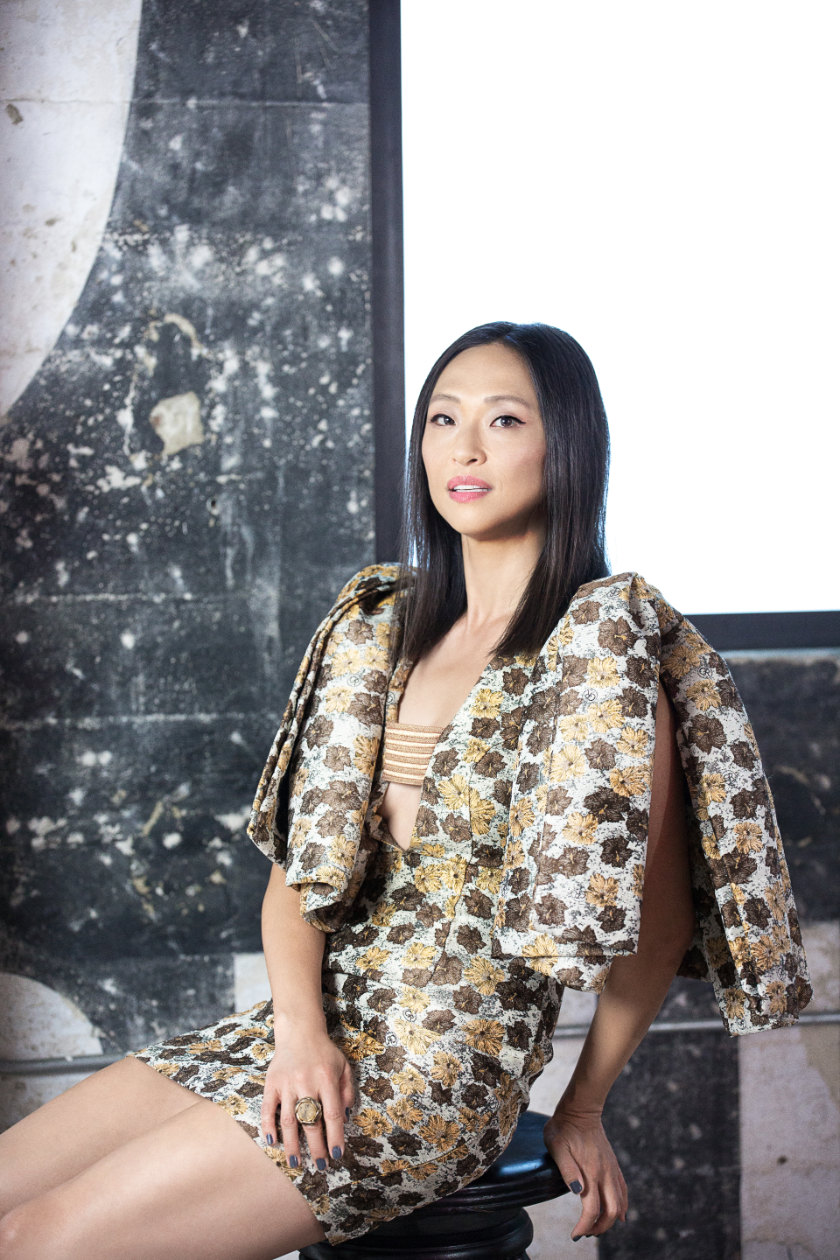
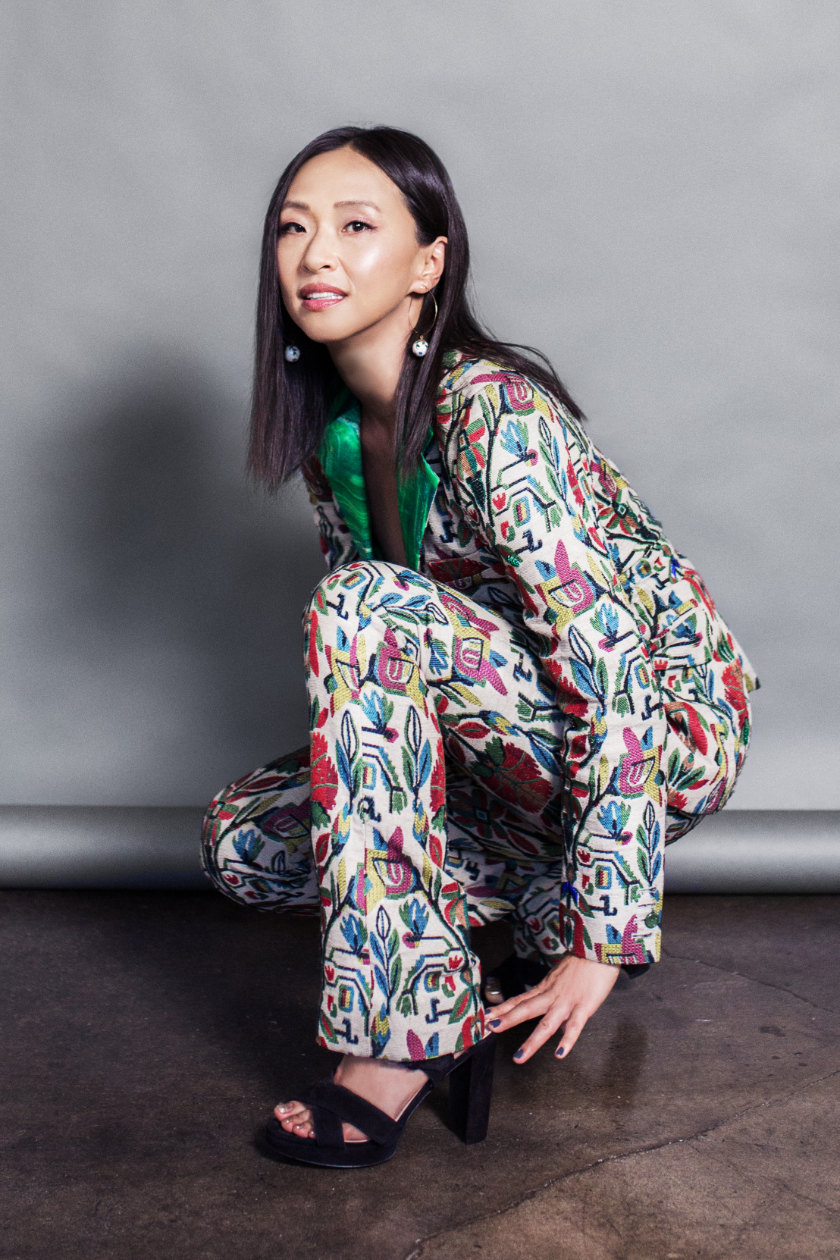
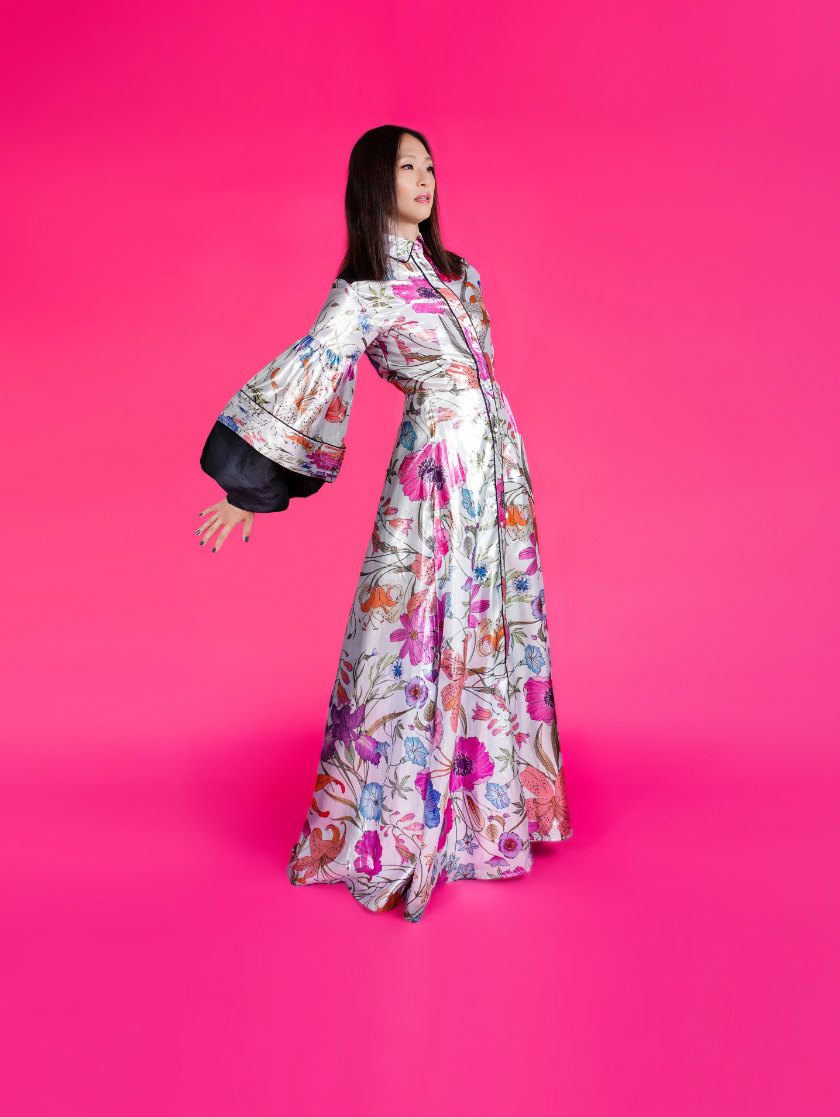
Jack Yan is founder and publisher of Lucire.
With comic book adaptations continuing to be in the Zeitgeist, the new DC Universe series, Stargirl, was, perhaps unsurprisingly, a hit. Airing on the CW in the US, the superhero series follows the life of a high school student, Courtney Whitmore, played by Brec Bassinger. It began airing in May, and has been renewed for a second season, netting positive reviews for the first.
And every good superhero story needs a good antagonist. Enter Paula Brooks, a.k.a. Tigress, portrayed by the adaptable Joy Osmanski, who has enjoyed an incredibly varied and consistent acting career since the mid-2000s, including series-regular stints on hits such as Grey’s Anatomy, and voice work on Duncanville. But Osmanski’s latest role has really raised her spirits. ‘Oh gosh, Stargirl has been an incredible ride,’ she tells Lucire. ‘The experience of a lifetime, truly. I have loved playing Paula–Tigress and being part of a show that has such a passionate fan base. I’ve gotten to do things I’ve never experienced before—intense physical training, stunt work, wearing a collar studded with claws. You know, the usual. And honestly, the happiness is in the challenge. Everything that was new, that pushed me, I was so excited about.’
This busy mother-of-three even has time to make honey from her two beehives (in small batches, she notes: ‘20 to 40 little bottles at a time’) and guested on a recent lockdown podcast, while somehow still finding time to do our interview.
Osmanski was born in South Korea and was adopted at a young age by white American parents, who took her back home to Olympia, Washington when she was seven months old. ‘I don’t have any memories of that time, but I’m told I cried the entire way. My Korean name is Yangsoon but they nicknamed me Monsoon, in honour of the endless tears.
‘I’ve visited Korea three times now, and can’t wait to return. My first trip back was with a group of 100 Korean adoptees from all over the world. It was incredible. I didn’t have any expectations that I would set foot in Seoul and suddenly feel like I was home. Instead, I just tried to be open and curious about everything … which was easy. My experience visiting Korea has left me with indelible memories and a deep appreciation for where I come from.’
From a very young age, Osmanski discovered her love of the arts, when she began taking ballet lessons. ‘I started jumping over little paper puddles in ballet class when I was three. At that age, dance class is more about just moving your body through space and rolling around on the floor. But I loved it, and continued to dance through college, and a little bit beyond. I’m so grateful for my dance training. Discipline, grace, strength, artistry … so many wonderful skills to evolve. And I have such a deep respect and appreciation for dancers and their art form. They are incredible athletes.’
She was also quickly moved from kindergarten to first grade, and was reportedly very competitive through school, though Osmanski is careful not to play into any stereotypes about gifted Asian children, and, in fact, finds little value in them. ‘In my opinion, it’s really important to repudiate any ideas that try to assign genetic wiring for excellence to being Asian. The whole concept of the model minority is one I push back against. To me, there is nothing positive about any stereotype that blurs entire ethnic groups into a wash.
‘The reasons why I pushed myself in school had nothing to do with my home environment, and likely everything to do with my personality type.’ And in case readers are wondering if she excelled in maths—another convenient and not always true stereotype often found in the occident—Osmanski notes, ‘I want to make it super-clear that I probably hit my mathematical peak around fifth grade. There were many aspects of academics that did not come easily to me.
‘My parents were always supportive, but never pushed academically. My Dad’s mantra for me was, “Find a job you love so much, you’d do it for free.” That’s the kind of mentality I grew up with.’ She attended Principia College and graduated with a degree in creative writing and studio art.
Osmanski’s first job wasn’t in acting, but in graphic design, a career which she calls ‘completely unintentional, like so much of what we fall into in life, right?’
She explains, ‘I got a temporary job assisting the current graphic designer of a publishing house in Boston. She really took me under her wing and taught me so much about the magazine design process, which was all new to me. I had a lot of art training, but learned all the design programs during that time, like QuarkXpress. Remember Quark?’
For most of the 1990s and at the dawn of the 21st century, QuarkXpress was the gold standard of desktop publishing programs, and soon Osmanski found herself even more deeply embedded in publication design. Her mentor went on maternity leave, ‘and decided not to come back. So they asked me if I wanted the job, and like a crazy person, I said yes.’
A self-confessed ‘die-hard Helvetica fan,’ Osmanski built up her expertise, enough to start her own graphic design business in the Bay Area. She continued designing the magazines for the publisher in Boston remotely. ‘I also did little jobs here and there, and really loved designing posters for plays, business identities, logos. I love how design bends your brain and how design challenges can be solved in surprising ways.’
Now a successful graphic designer out on the coast, Osmanski would head to the Oregon Shakespeare Festival in Ashland, calling it a ‘highlight of the year’ for her. ‘The theatre I saw there was magic. At the time, I didn’t know it would inspire me to pursue acting, but it must have played a part,’
Spying a notice for auditions for a local production of Thornton Wilder’s Pulitzer Prize-winning play Old Town, Osmanski says, ‘something in me lit up. I had read the play and knew it was beautiful, moving. I didn’t have monologue, so found a piece of prose I loved, that seemed evocative of the world of the play. There was literally nothing to lose, and I was so eager for a new experience. It was pure joy of possibility.’ She was cast in the lead.
continued below
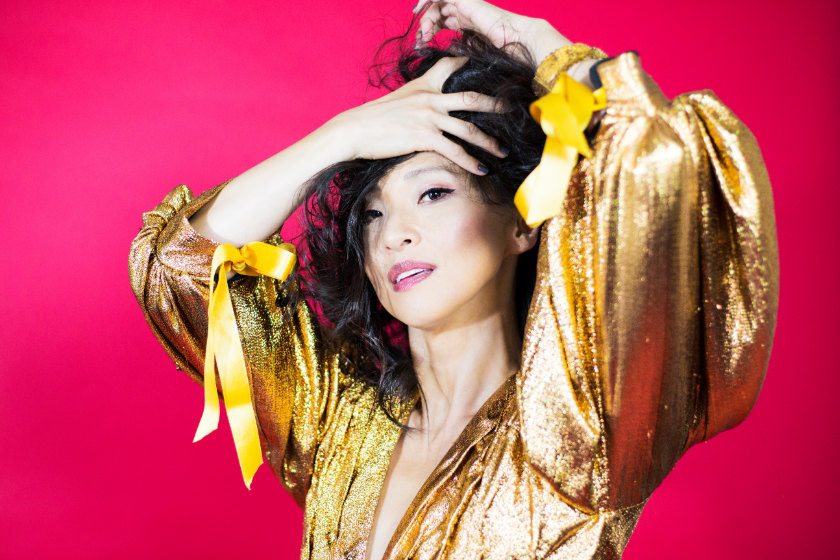
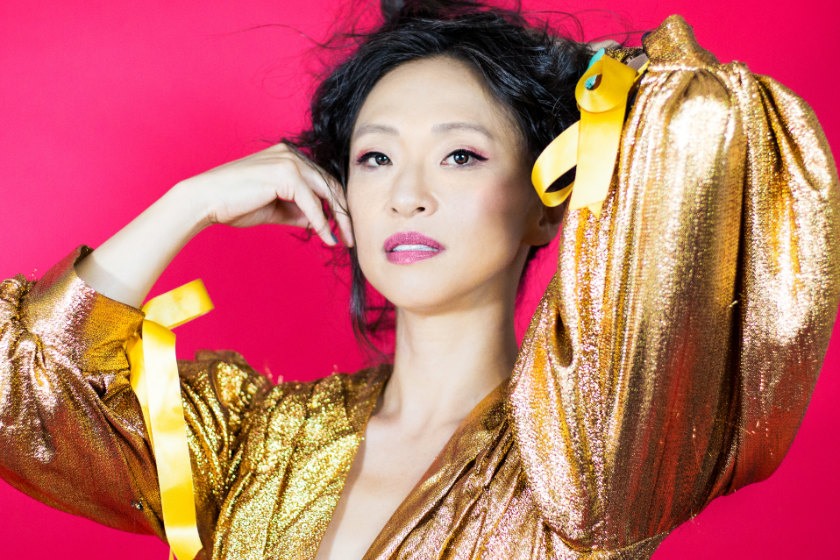
From here she trained as an actor, receiving an MFA from the University of California, San Diego. While her new profession is clearly different, her earlier experience as a designer may well have helped: ‘There are definitely aspects of design work that translate into acting … with design, your creative goal is to communicate an idea, a service, what someone can offer. And so much of that process involves communicating with your client. Acting is all about communicating, with everyone.
‘What drove me from graphic design to acting was really a desire to be active. Graphic design is creative, but sedentary. I missed working toward a common goal with a lot of people in different disciplines. I remembered that from dance, and was really yearning for a similar world.’
With her husband Corey Brill, also an actor, she relocated to Los Angeles, and found regular work, though she is careful not to choose anything that might cast a negative light on being Asian-American. ‘This is an intensely personal thing, because every actor has their own journey. But I’ve declined auditions because I objected to the material and didn’t want to waste anyone’s time. But for someone else, maybe that role resonated. Also—making a living as an actor is hard enough. We don’t always feel like we have the freedom to choose exactly what we want to do, because feeding yourself or your family is a pretty urgent reason to take a job. Every actor needs to define what they feel comfortable with. For me, it was a decision early on to step away from roles that I felt limited the perception of what it is to be Asian or Asian-American.
‘Because I was adopted and grew up with two white parents and relatively few Asian cultural references, I’ve rarely seen stories that reflect my experience. And I think within the Asian diaspora there are so many different stories … some unique and some universal, with the unifying effect of profoundly shifting perspectives.
‘I’d love to see more stories like the Surrogate Valentine trilogy (Surrogate Valentine and Daylight Savings directed by Dave Boyle; I Will Make You Mine directed by Lynn Chen), which happen to feature Asian-American actors and experiences but aren’t defined by the characters’ ethnicities. There is already so much content that portrays us as “other.” So to me, the next barriers to shatter involve getting Asian-Americans into creative positions of power—as writers, directors, producers, editors, designers, composers, studio execs, and moving past the point where working with just one other Asian American isn’t a cause for celebration.’
At home, she and her husband are raising their three children, a 19-year-old daughter from her husband’s previous marriage, a four-year-old adopted son with Black American heritage, and their three-year-old birth daughter, a reminder of the melting pot in one family unit that made the United States so admired. On their son’s adoption, Osmanski notes, ‘Adoption was an organic option for us, and my own adoption definitely played a role. But the process of adoption, and certainly with transracial adoption, is and should be so very deliberate. Corey and I had, and continue to have, many conversations about what it means to raise a Black son in today’s world. We talk with our son’s birth mother. We both feel that the old adage “all you need is love” is not true. You also need lots and lots of education. And humility. And a deep desire to learn and be challenged. We are a family that includes Asian, white, Black and biracial people, and with that comes a very specific set of responsibilities. I want my children to feel empowered with language and an understanding of race dynamics that I didn’t have growing up. We’re endeavouring to be and raise anti-racist humans, always.’
The couple also do not leave acting “at the door”, and in fact boost each other with their respective careers. ‘I feel so lucky to be part of such a creative and supportive partnership with Corey. When one of us succeeds, it really feels shared, and we revel in that. We coach each other, help each other audition, love talking acting and performance, and art in general. For us, that really works.’
One gets a sense that the only way is up for Osmanski, and she seems to agree when we ask her what she’d like to do next, beyond Stargirl. ‘Now that I’ve gotten the chance to do stunts, I’m fully in love with that world. It would be so fun to play a role where I got to explore more of that. On the flip side, I’m so inspired by political drama right now … so perhaps the female Jack Ryan? It’s about time for that, eh?’ •
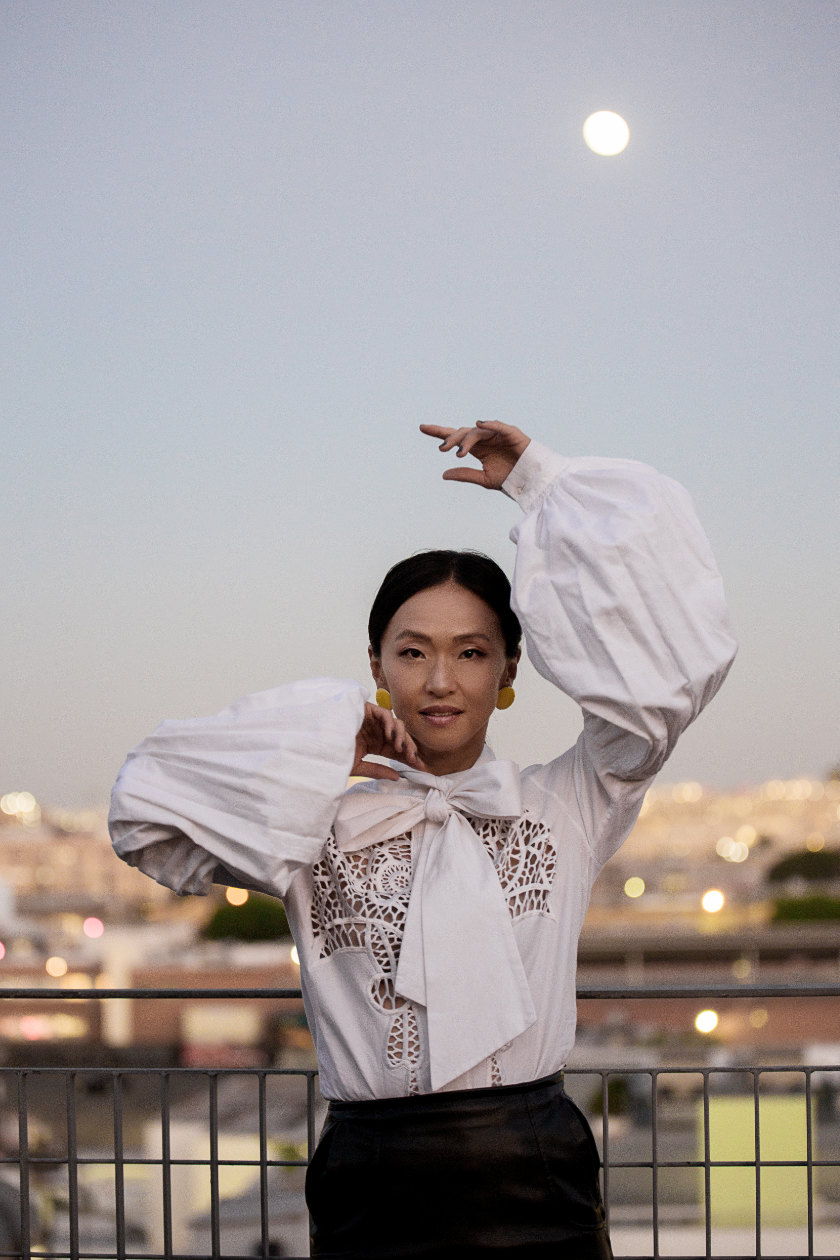
Related articles hand-picked by our editors
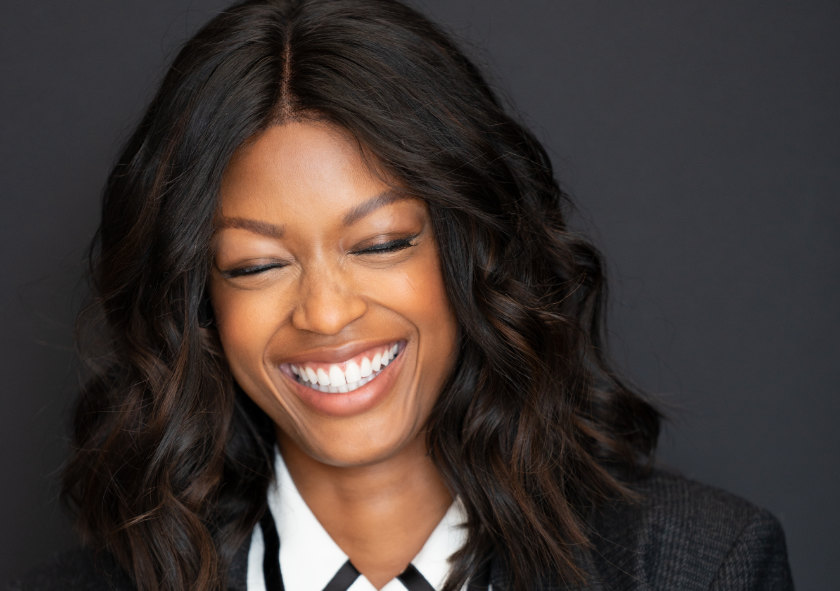
Balancing act
Javicia Leslie, who plays Ali Finer in God Friended Me, tells Jack Yan about her role, her faith, and how she keeps her life balanced—not to mention her theory on just who is behind the ‘God account’ on the CBS hit show
Photographed by Jon Moe
Make-up by Ivelisse Rosado
Styled by Cristina Tederick
From issue 41 of Lucire
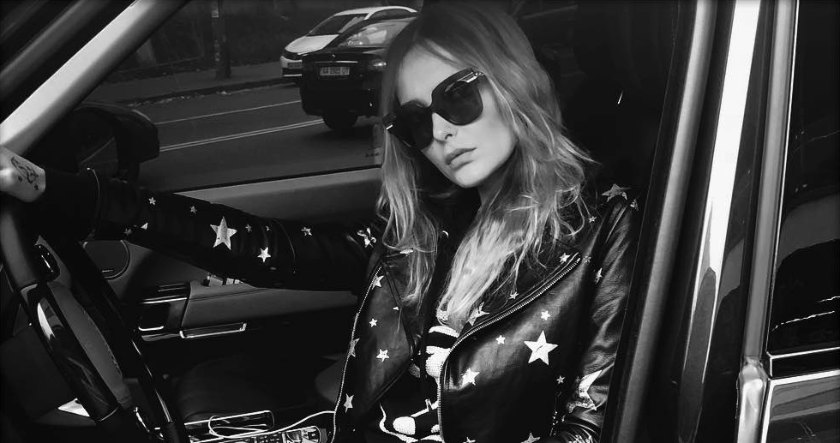
The return of Snejana Onopka
The elusive Ukrainian supermodel exclusively talks to Reilly Sullivan about what’s next
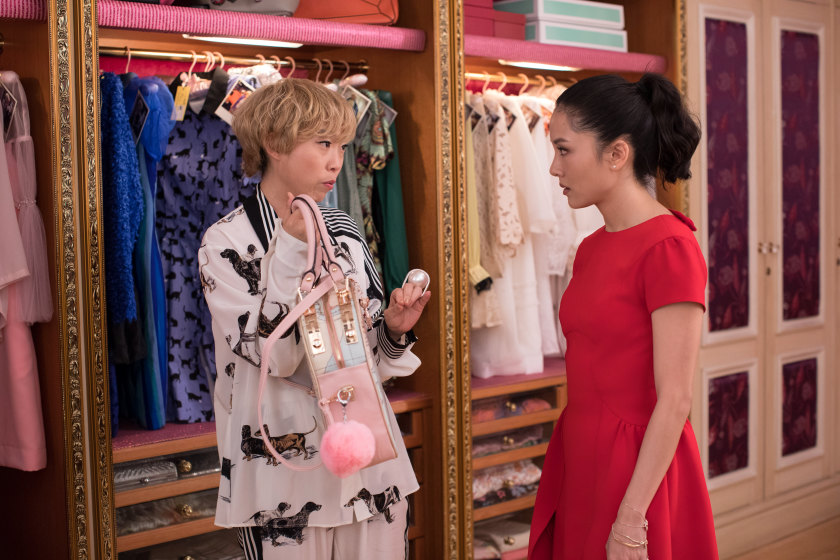
Awkwafina: working among crazy rich Asians
Rapper and actress Awkwafina plays Peik Lin in the summer hit Crazy Rich Asians. We sit down with her to ask about her experiences on the film, whether she saw any real-life crazy rich Asians, and what it was like working with Constance Wu and director Jon M. Chu
Advertisement
Copyright ©1997–2022 by JY&A Media, part of Jack Yan & Associates. All rights reserved. JY&A terms and conditions and privacy policy apply to viewing this site. All prices in US dollars except where indicated. Contact us here.